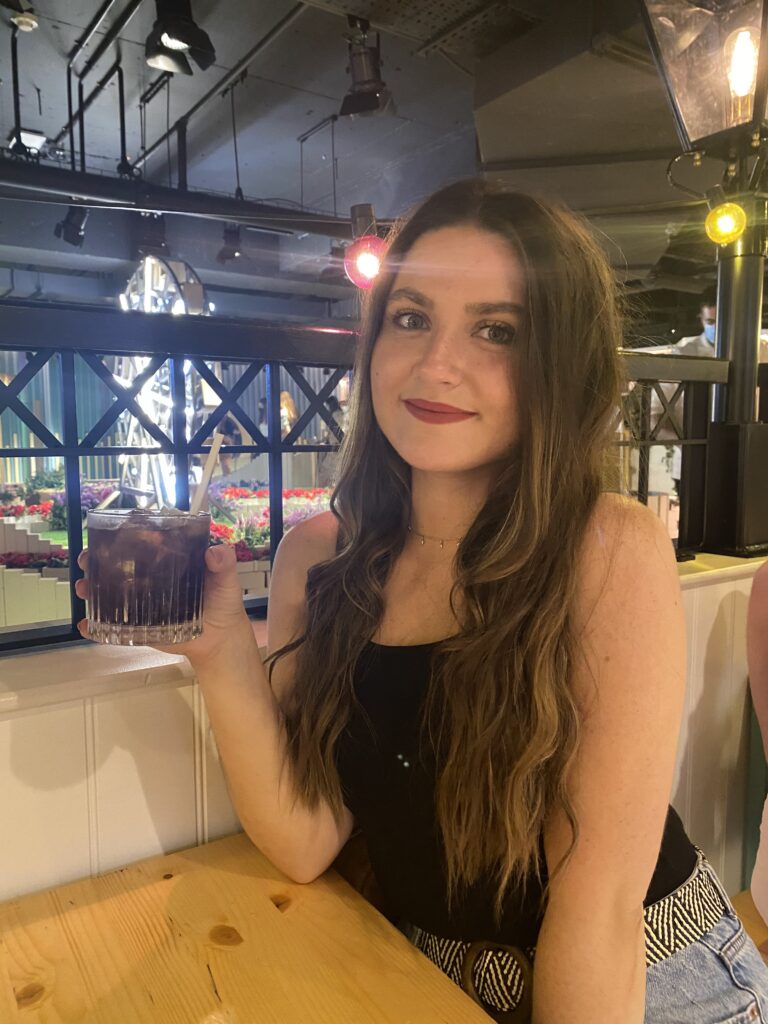Published on July 31, 2023.
Where did it come from, where did it go…
Gin has taken a long-winded journey to where it is today, from the Dutch variations to London Dry to new, exciting flavoured gin, this highly versatile spirit still has so much more to be discovered. To understand where gin is headed, we must learn the path gin has taken for the last 400 years. Originally formulated as medicine in the 1600s, Juniper berry oil was devised by a Dutch scientist and was then added to a distilled spirit alongside botanicals to make the taste more palatable. Cases of reported illnesses soared as the masses tried to acquire this ‘genever’ that was only available in pharmacies, demand becoming so high that numerous small distilleries emerged and the commercial, non-medicinal version was born.
The Thirty Years’ War started in 1618, and saw English Troops fighting alongside the Dutch. The English quickly realised that Dutch soldiers were extremely courageous during battle, an attribute that came from the genever they sipped. The English returned home with news of the genever and the Dutch then began to import and trade the spirits all over the world. Shortly after, William of Orange came to the throne in England and passed the law to allow freedoms to distil and sell spirits, as long as they were produced by home-grown ingredients. The demand for gin increased exponentially as the tax on beer was raised; however, the quality of these spirits was unregulated and, therefore, extremely poor quality.
Moving forward to the 1720s, London was riddled with water-borne diseases so gin became a ‘safe’ drink for the poor, becoming known as the ‘opium of common people’. Gin Acts were passed in 1750s in order to allow only licensed retailers to sell alcohol, outlawing the unlicensed dram gin shops and causing consumption to drop and gin to be taken up by respectable distilleries to be made with better quality products. By the 1830s, the distillation column had been invented which led a significant shift in the quality of the spirit and eventually the emergence of London Dry style. The smoother taste of the distilled spirit allowed for the aroma of the botanicals to become predominant and many companies started to develop gins with a wider range of complex flavourings.
The G&T was originally introduced by the army of the British East Indian company. When travelling to colonise India, malaria was a prominent problem. Quinine was known for the deterrent for mosquitos; however the taste was extremely bitter; therefore, after adding it to carbonated water and paired with gin, quinine was a lot more palatable for the colonists. When coming home, the English also brought the recipe with them.
- Fill a highball glass, or gin Copa, with ice.
- Pour in 50ml gin over the ice.
- Top with freshly opened, well-chilled tonic water, to taste.
- Garnish with a lime wedge by running the wedge around the rim of the glass and gently squeeze before dropping into the drink.
Make sure you ask your customers how much tonic they require, or give them a small bottle (such as Fever-tree Indian Tonic Water) so they can add as much as they like. Offering different flavoured tonic water is also a great way to vary the drink.
Share this article
About the author

Chloe Lewis
Chloe looks after all copywriting and proof-reading for Drink Warehouse UK, working with the Marketing team to deliver educational content to all our customers. She has spent many years in the hospitality sector, moving from behind the bar to now helping venues to stock their own. You can find more from Chloe about beer, cider, spirits, wine, non-alcoholic, soft drinks and RTDs all over our blogs, website, social media and Set The Bar magazine.
Click here to receive the latest and greatest promotions, new products, competitions and so much more straight to your inbox.










